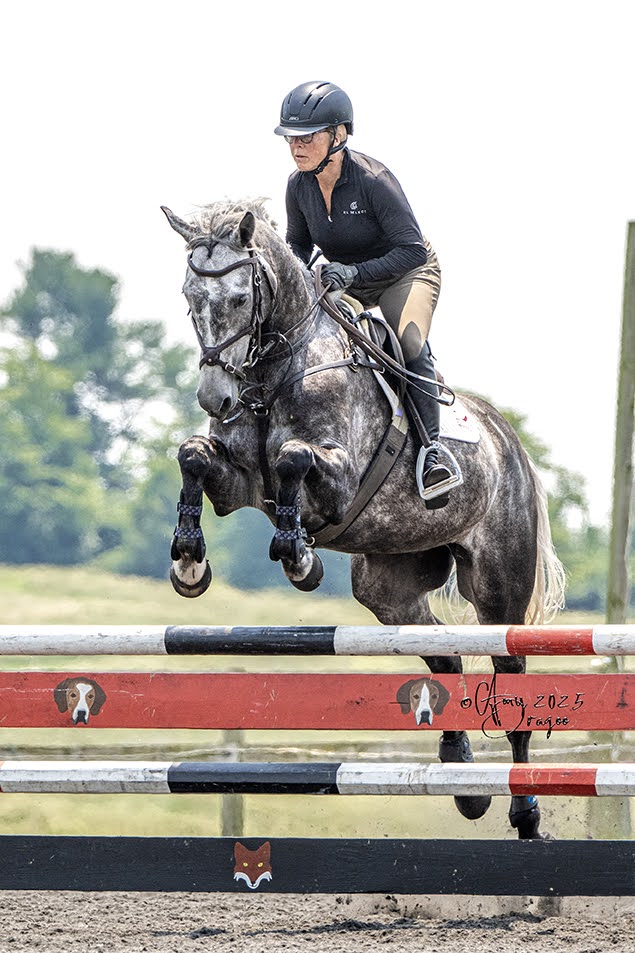View this post on Instagram
I don’t know about you guys, but the First Monday vibes are STRONG with me today. A whole two weeks without Zoom was a special treat, and although I was supposed to use it to work on a manuscript and definitely used it to learn to play chess instead, it was a nice little swamp of totally unproductive time.
But I’ll be gearing myself up for the day, week, and year to come today by making myself an enormous latte, sticking on some motivational power ballads, and thinking about what I want from this year – regardless of what it may throw my way. I’m not a big resolutions kind of gal, but I do love a list – and every year, I try to set myself achievable goals for things I really, truly want to take from the year to come. Every time, one of those goals is to cover an event I’ve never been to, and I was so lucky to manage two of those in 2020 despite everything. This year, I’m keeping my fingers crossed that I might finally get to come over and see Kentucky for myself. Here’s hoping!
National Holiday: It’s National Spaghetti Day! Fitting, really, because going back to work will require some emotional carb-loading.
Your Monday Reading List:
Where equine fitness is concerned, sometimes the ‘old’ methods are the best. US Eventing has republished a 1987 article by Tad Coffin that’ll teach you how to prepare your horse for Novice and Training level competition – perfect if you’re starting to plan out a fitness programme ready for spring events. [Conditioning the Event Horse at the Novice and Training Levels]
You’re probably a fan of Phillip Dutton – but how much do you really know about him? H&H serves up eight facts about the big man himself in today’s online offerings. [Twins, medals and Irish-breds: eight things you didn’t know about three-time Olympic medallist Phillip Dutton]
When it comes to riding and competing, you either win or you learn. Actually, scratch that – even if you win, you usually learn something, too. Canadian showjumper and all-round legend Ian Millar shares his advice for how to make sure you’re the best learner you can be. [Ian Millar on How to Always be a Successful Student]
It’s the time of year for revisiting poignant and powerful stories, and even the New York Times is joining the club. Here, they revisit their long-form piece on US-based Irish showjumper Kevin Babington, who suffered a catastrophic spinal injury at the Hampton Classic in the summer of 2019. He reflects on what he’s learned, how he’s adapted – and how his world might yet change. [A Top Equestrian Paralyzed in an Accident Sees Hope in a Coming Treatment]
Finally, a very happy 52nd birthday to William Fox-Pitt, who celebrated on January 2nd. H&H has shared some highlights from his extraordinary career thus far. [Happy Birthday, William Fox-Pitt! Here’s some of his career highlights so far to celebrate…]
Morning Viewing:


























